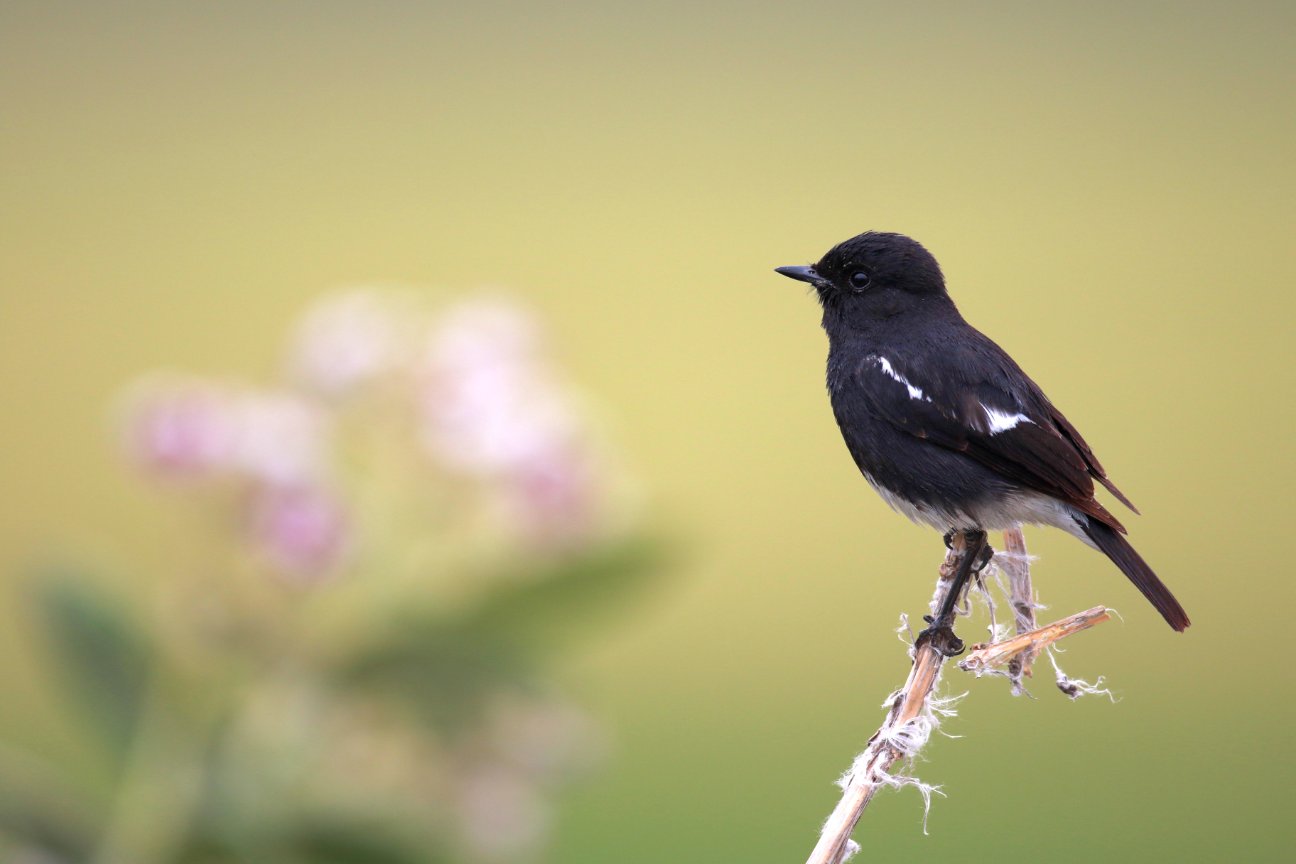Looking for a good place to bird-watch? Here's why a lazy morning in the verandah of a coffee plantation is my favourite approach to this hobby!
The first visit to a coffee plantation can leave you spellbound. Unlike most other cultivations, the coffee plantation looks like the perfect blend of jungle meeting farm, where coffee bushes cover the surface and tall trees provide shade and keep the temperatures cool. Dark green leaves, tall trees with pepper and cardamom vines creeping up their trunks and blue skies in the background make the scenery worthy of a postcard.
Early mornings are mist-covered, and as the sun streams through the branches of the trees, the day becomes brighter and one can hear birds chirping all around. As one might well imagine, this place is a birdwatcher’s paradise, but for the uninitiated, it is rather puzzling to figure out where these sounds come from, for the birds are so well hidden in the foliage, they are actually rather hard to spot. The best way to do so would be to sit still in the verandah and gaze into the trees, almost without looking for anything in particular. Slowly, you will notice the leaves rustle, small movements from branch to branch, and the various birds in the undergrowth that come out of hiding and allow themselves to be seen.
Bird watching is a hobby that grows on a person until one attempts to notice the birds around them, they all potentially look the same, distinguished vaguely by size and colour. It usually takes a nature walk with a bird watcher to be exposed to the variety and detail in different species, and one notices the shapes, colours, calls and habits of different birds. It is only a matter of time before the first field guide and binoculars are purchased.

Image Courtesy- tahirsphotography-Shutterstock
While it may seem like learning by rote, identifying birds is all about noticing the details. The shape of a fowl is different from that of a goose, parakeets have a short bill unlike the flat and larger bill of a kingfisher, some birds tend to stay on higher branches of trees while others flit around in the undergrowth. As patterns begin to form, it becomes easier to differentiate one basic bird family from another, and then the details of colour, pattern, tail length and call can help identify a specific variety. While there is no need to pressure oneself into making an accurate identification from memory, it is rather enjoyable when one can look at a bird in flight and instantly know a few things about it like where it lives, what it eats, is it a local resident and how one can get a closer look. Once the basics fall into place, it isn't long before you find yourself planning your next holiday destination around the bird habitats in the area.
Bird watching is close to being a competitive sport when people start keeping track of the number of birds they've seen in a year, and some wildlife sanctuaries in India have visitors staying months longer than their planned holiday, just to spot the three species that have been eluding them the whole time they have been there! Of course, spotting birds in their natural habitat is no walk in the park, with their camouflage and ability to sit perfectly still, it is quite possible you have walked 3 feet away from the bird you are looking for, without the slightest inkling that it could literally smell your shampoo!
On the other hand, a lazy morning in the verandah of a coffee plantation is a comfortable approach to this hobby, where the only movement necessary is lifting the coffee mug and taking another morning sip!